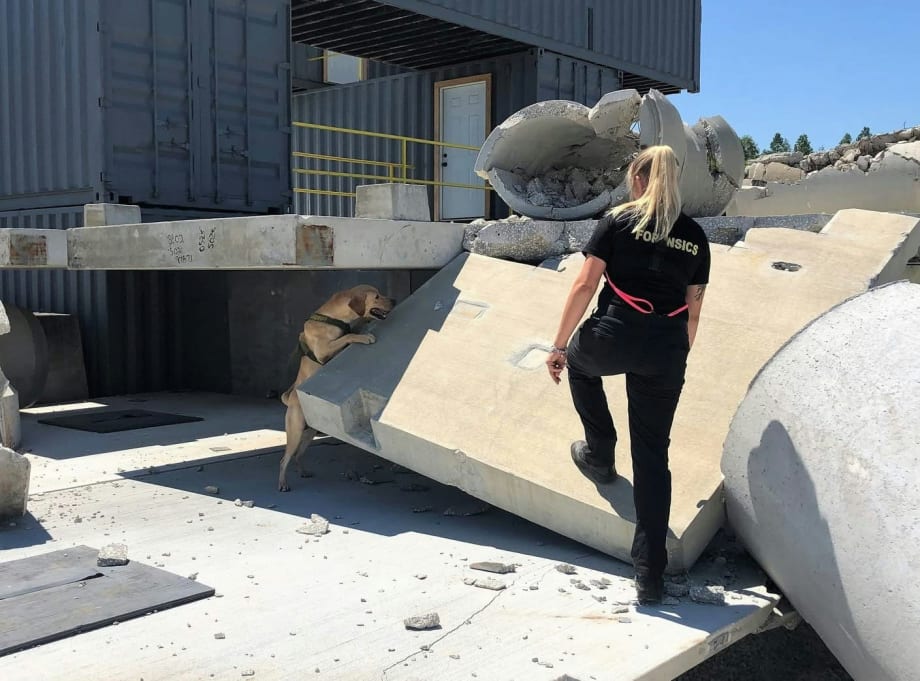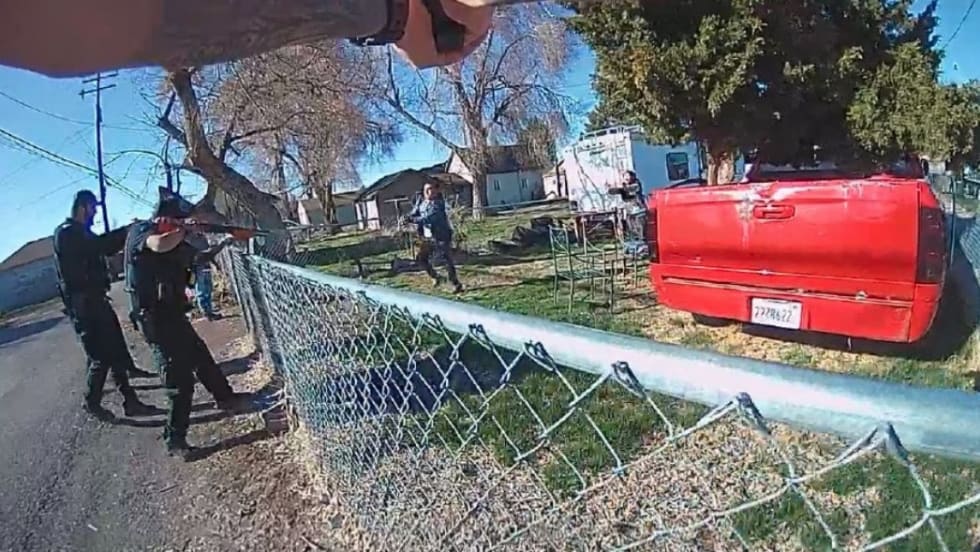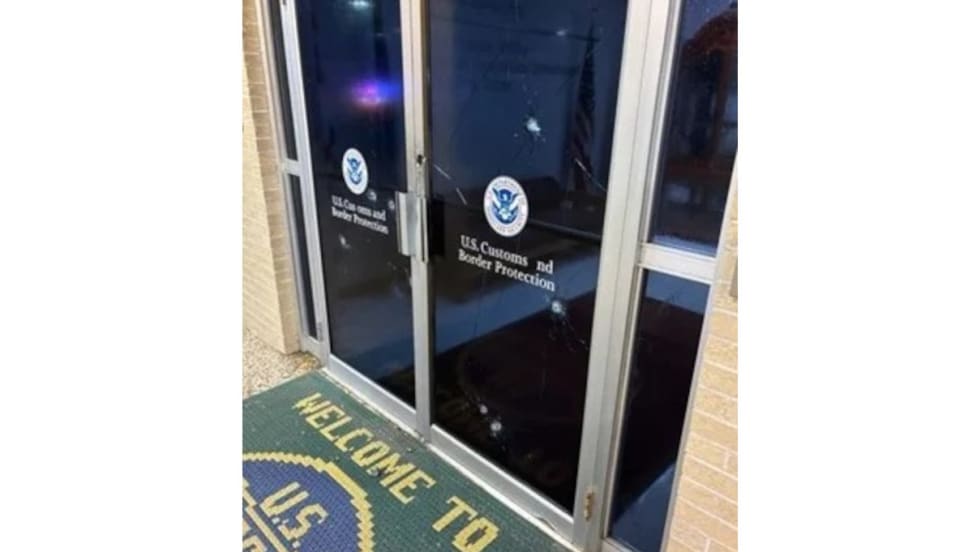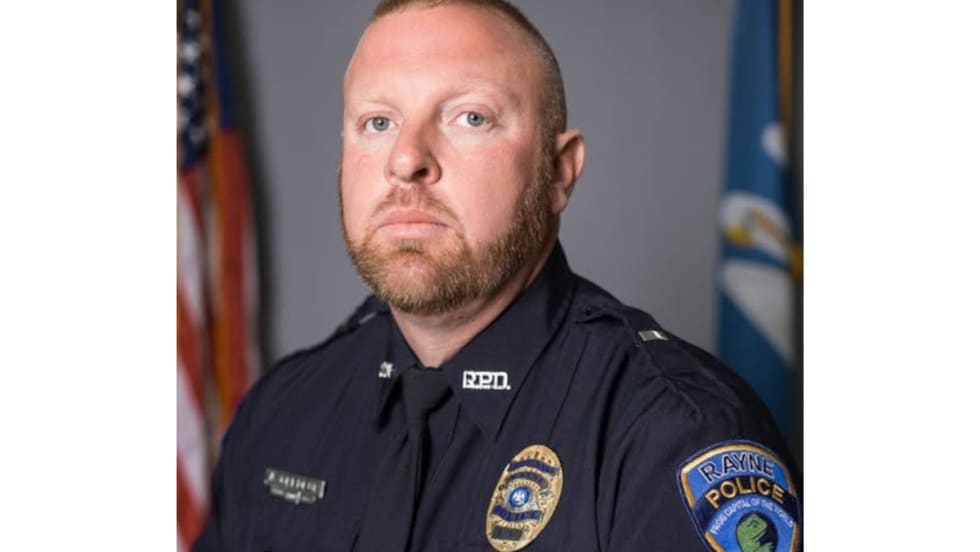Central to the forensic role is the integration of antemortem and postmortem data, which draw on sources such as dental records, medical imaging, fingerprints, and DNA profiles. These methods are augmented through collaboration with pathologists, odontologists, and biologists. Thus, creating a scientifically defensible
identification
process that withstands both legal scrutiny and ethical examination, minimizing the likelihood of blinders to outside variables.
Such interdisciplinary engagement ensures that identification is not reliant on non-scientific approaches, such as clothing or personal-effect recognition, which are prone to error and undue influence, perpetuating misidentification.
The inclusion of forensics in DVI efforts supports a broader societal function: restoring dignity to the deceased and providing closure to the bereaved. The deployment of anthropological techniques to reconstruct events, combined with the objective reliability of genetic and biometric evidence, embodies the intersection of compassion and empirical science.
Forensics Serves the Needs of the Case
In situations where traditional ink-and-card printing methods are not available due to advanced decomposition, injury, or skin slippage, forensic experts are able to employ highly sophisticated techniques, such as rehydration, to render ridge detail suitable for comparison.
These actions demonstrate a dedication to providing a scientifically valid identification that serves the needs of the case, offers closure to grieving families, and restores the dignity of bringing a name back to the unidentified.











